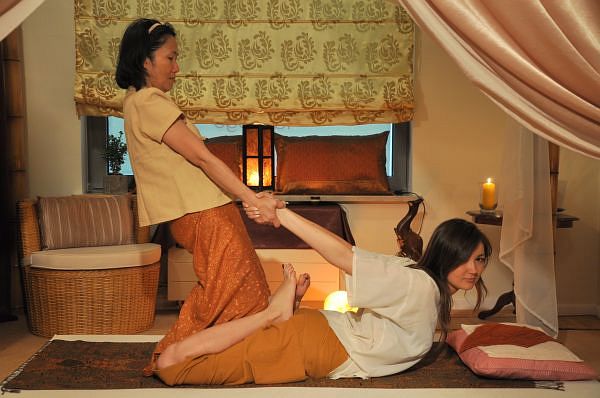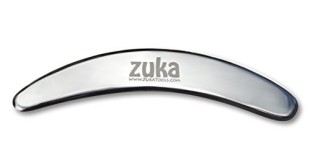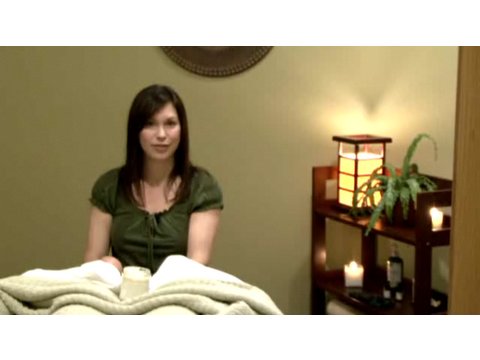The Thai massage technique, or Thai yoga massage, is actually a complex massage procedure that involves acupressure, assisted yoga postures, and Indian Ayurvedic principles.
The purpose of Thai massage is to heal the body by putting it through a variety of yoga positions. Thai massage was founded by Jivaka Kumar Bhacca, who was an Ayurvedic doctor, and later developed between 800-1200 AD. Even today, he is still thought of as the father of medicine in Thailand.
Compared to other massage techniques, Thai massage is quite unique and specialized. Therapists do not use any oils or lotions for lubrication during the massage, and the recipient remains fully clothed for the entire massage session.
Thai Massage Technique Information Video
Source : PsychTruth
How is the Thai Massage Technique Performed?
People receiving a Thai massage should wear loose, comfortable clothing because the therapist will be stretching the body. Thai massage sessions typically last from one to two hours. Thai massage is one of the techniques where there is more physical contact between the therapist and the recipient, as opposed to Reiki or Swedish massage.
For the massage, the recipient lies on a mat on the floor, not on a massage table or bed. This allows the therapist more room to be able to stretch the client’s body to the best of the therapist’s ability. The therapist then manipulates the recipient’s body into a variety of assisted yoga positions by using passive stretching and gentle pressure, in combination with deep static and rhythmic pressures and movements. For some of the positions, the therapist uses his or her feet and legs to adjust the recipient’s body while the hands do the massaging; for other positions, the feet are used to massage and the hands adjust the recipient into the correct position.
Thai massage is a relaxing massage meant to energize the recipient. Thai massage is particularly good for relaxing the recipient’s body and mind, reducing stress, improving circulation, increasing energy and flexibility, and for increasing range of mobility.
Some people describe receiving a Thai massage to be like doing yoga without any work, since the therapist does all of the work for you and all you have to do is relax. Some people prefer Thai massage over other massage techniques such as Swedish massage because you remain fully clothed during a Thai massage. Some people may be uncomfortable with being partially nude in front of another person, which can cause the recipient to be stressed and tense, which negates the effects of the massage. For this reason, Thai massage can be a great fit for those people. However, Thai massage is not recommended for people who have never had a massage before. This is because the therapist uses a lot of physical contact to perform the massage, as compared to say a Swedish massage, so a Thai massage is more intimate and could be more uncomfortable for a first time massage recipient if he or she is not used to having another person work on their body.
What is Ancient Thia Massage?
Thai massage should not be mistaken for ancient Thai massage. Even though they sound similar, in practice they are quite different. Ancient Thai massage begins with the therapist and the recipient performing a meditation. Ancient Thai massage is more common in Nepal and India, whereas Thai massage is practiced in Thailand and is now gaining popularity in the West.
Keep in mind that not everyone is a good candidate for Thai massage. People with rashes or open wounds should not get Thai massage, since these conditions may be aggravated by Thai massage. People who are prone to blood clots, have a recently healed fracture, have abdominal hernias or tumors, or who have recently undergone chemotherapy or radiation should also not have Thai massage.
People who have heart disease and women who are pregnant may be able to have Thai massage after consultation with a doctor and a doctor’s consent. If you feel that you may have a medical condition that might make Thai massage difficult or that may be aggravated by Thai massage, it is always best to check with your doctor first.
To prepare for the Thai massage technique, either bring or wear loose fitting and comfortable clothes for the massage session. Also try to refrain from eating at least one hour before the massage. This will prevent indigestion and will make the massage session a more comfortable experience. After the massage, it is highly recommended to increase water intake for at least 48 hours in order to help the body heal and detoxify. By following all of these recommendations, you are more likely to get the best results from your Thai massage session.
[widgets_on_pages id=”Massage Techniques”] [widgets_on_pages id=”Best Massage Tables”]

